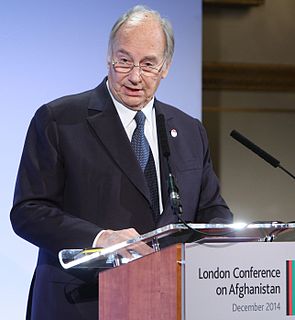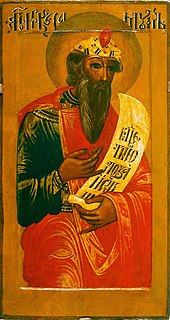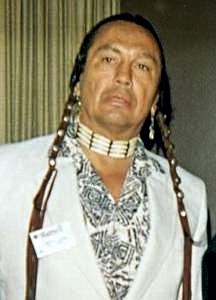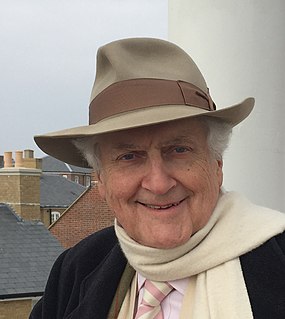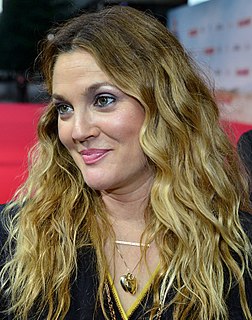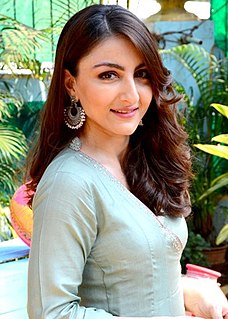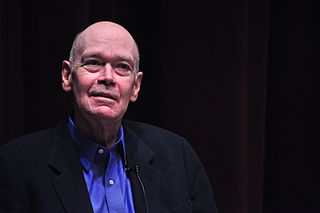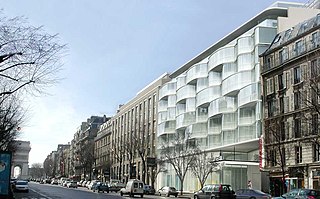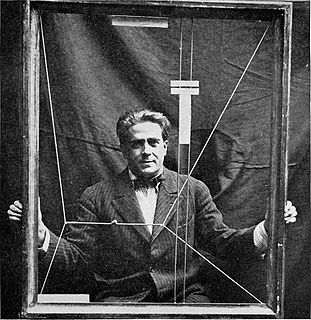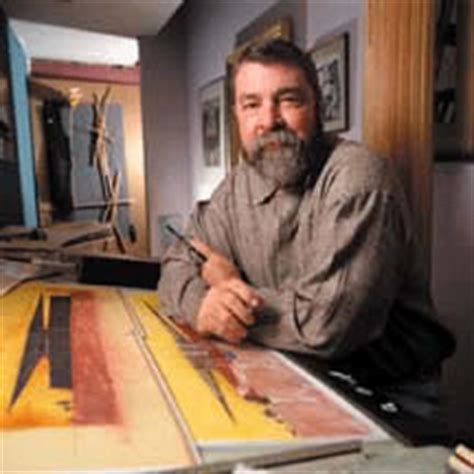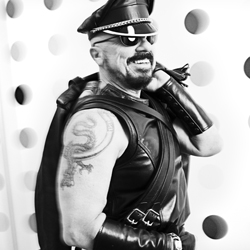A Quote by Ma Yansong
The shan-shui city idea is trying to bring traditional values and ways of living to modern high-rise architecture.
Quote Topics
Related Quotes
Living in cities is an art, and we need the vocabulary of art, of style, to describe the peculiar relationship between man and material that exists in the continual creative play of urban living. The city as we imagine it, then, soft city of illusion, myth, aspiration, and nightmare, is as real, maybe more real, than the hard city one can locate on maps in statistics, in monographs on urban sociology and demography and architecture.



